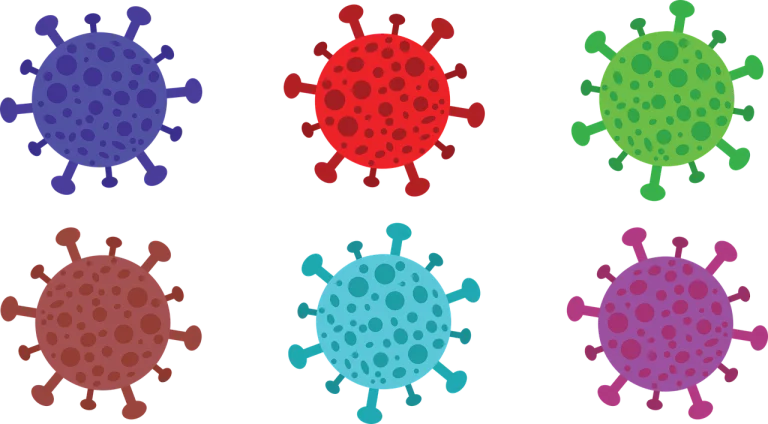Book Appointment Now

Trauma and Acute Care Nursing
Effective pain management plans for post-surgery patients are essential to ensure a smooth recovery and minimize complications. In trauma and acute care nursing, managing postoperative pain is critical not only for comfort but also for preventing issues such as delayed healing or prolonged hospital stays. This article will explore strategies and best practices for creating and implementing postoperative pain management plans in nursing, with a focus on patient safety and recovery.
Do you need nursing paper writing help regarding trauma and acute care in healthcare? ![]()
The Importance of Pain Management Post-Surgery
Postoperative pain can significantly affect a patient’s recovery process. Uncontrolled pain may lead to complications like reduced mobility, increased risk of infection, or the development of chronic pain conditions. Acute care nurses play a vital role in addressing and managing pain after surgery to enhance patient outcomes and well-being. Check out Article about Post Operative Pain Discussion.
Impact on Healing and Recovery
Properly managing pain in post-surgery patients can speed up recovery, reduce stress, and improve overall patient satisfaction. Effective pain control helps patients regain mobility, engage in rehabilitation activities, and reduces the risk of complications such as venous thromboembolism (VTE) or pneumonia.
Assessing Pain in Post-Surgery Patients
The first step in developing a postoperative pain management plan is thorough pain assessment. Nurses must assess both the intensity and type of pain to provide tailored pain relief strategies.
- Using Pain Assessment Tools
Tools such as the Numeric Pain Rating Scale (NPRS) or Wong-Baker Faces Pain Scale can be used to quantify pain levels. This assessment allows nurses to determine the most appropriate interventions for managing the pain. - Evaluating Types of Pain in Trauma and Acute Care Nursing
Postoperative pain can vary from acute, sharp pain at the incision site to dull, aching pain from muscle strain or tissue inflammation. Nurses must distinguish between different types of pain to provide targeted interventions.
Pharmacological Pain Management for Post-Surgery Patients
Pharmacological interventions are central to post-surgical pain relief. The selection of medications should be based on the type and intensity of pain, as well as the patient’s medical history and risk factors.
Opioid and Non-Opioid Pain Relievers
- Opioid Analgesics
Opioids such as morphine or oxycodone are often prescribed for moderate to severe post-surgical pain. While effective, these drugs must be carefully monitored by nurses to prevent side effects such as respiratory depression, sedation, or addiction. - Non-Opioid Analgesics
Medications like acetaminophen or NSAIDs (non-steroidal anti-inflammatory drugs) can be used alone or in combination with opioids. These drugs offer pain relief while minimizing the risks associated with long-term opioid use. - Patient-Controlled Analgesia (PCA)
In some cases, PCA devices allow patients to self-administer pain medication within preset limits. This provides patients with control over their pain management, enhancing comfort and satisfaction.
Non-Pharmacological Pain Management Strategies
Along with medication, non-pharmacological interventions can play a key role in managing pain for post-surgery patients. These techniques not only help alleviate pain but also promote relaxation and faster recovery.
Complementary Therapies
- Cold and Heat Application
Cold therapy can reduce swelling and numb the surgical area, while heat therapy can improve circulation and alleviate muscle soreness. Nurses should assess when and how to apply these therapies based on the patient’s needs. - Relaxation Techniques
Techniques like guided imagery, deep breathing exercises, or meditation can help patients manage their pain by reducing stress and anxiety, which often exacerbate the perception of pain.







